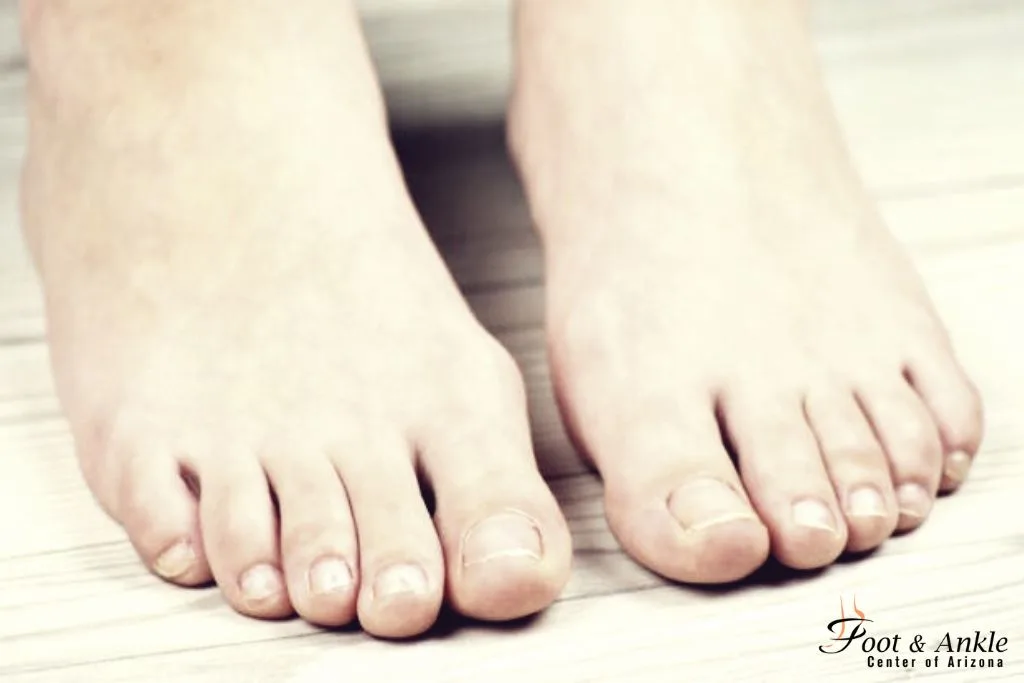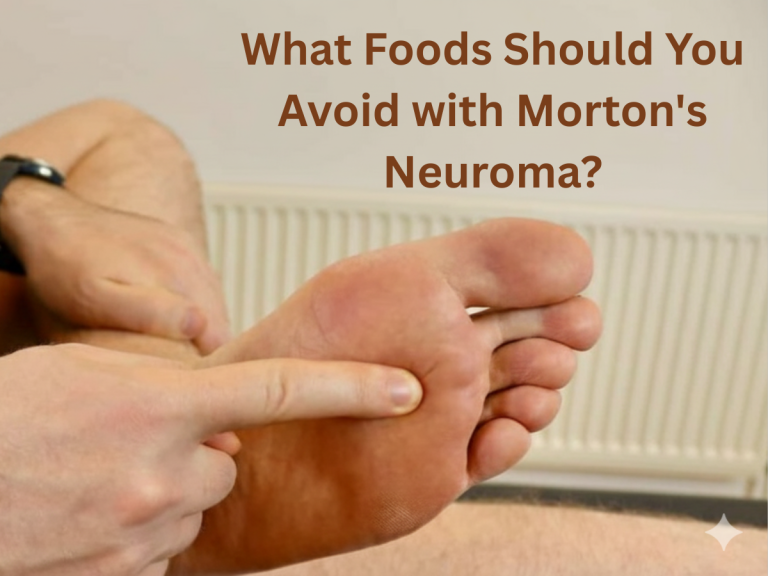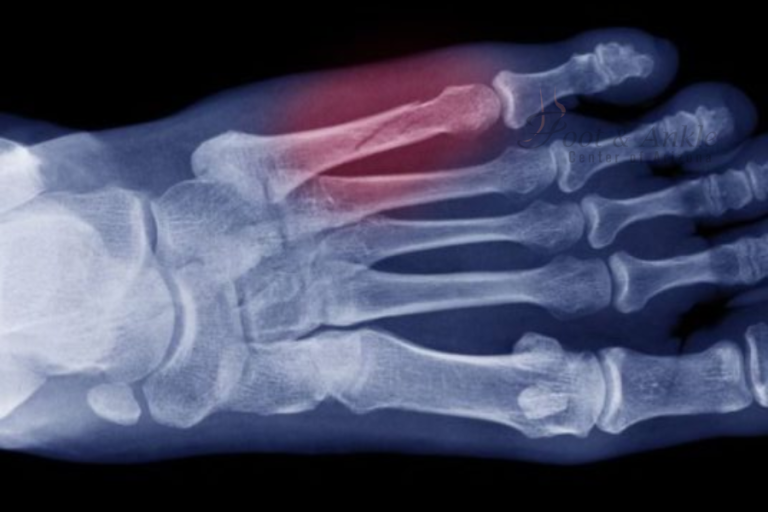Overview of What does a bunion look like
A. Bunions Defined
Bunions are bony formations in the region of the first metatarsophalangeal joint-medically known as hallux valgus. It is a condition whereby when the big toe does not stay in its position, a bulge then forms on the joint. Bunions can be very painful; hence, they cause disturbances to people who wear shoes; it is an important condition that one should know.
B. Importance of Recognition of Bunions
Early detection of bunions is very important in managing and treating them. While they seem to be an insignificant problem of the foot, bunions will get worse as years go by with severe pain and limitation of mobility. Thus, the knowledge of their typical physical features, symptoms, and treatment alternatives would help them seek professional help in time and make proper decisions on foot health.
I. Physical Structure of Bunions
A. Position of the Foot
Generally, bunions occur on the inside of the foot, at the point where the big toe is attached to its base. This region is important because it directly influences the mechanics of the foot and may influence the general alignment of the foot and other joints.
B. Size and Shape
The sizes of bunions are very different. They can be small bumps and could get bigger with time. It is mostly described as a bulging prominence on the foot as it results in an alteration of the contour of the foot.
C. Texture
Bunions develop a rough or calloused texture due to friction and tension generated by the shoes. This further contributes to discomfort and irritation, more so when putting on tight shoes.
D. Color
A bunion can become inflamed and thus, change color. In general, the skin over a bunion can be seen as red or swollen, especially when the symptoms flare up or pressure is placed on it.
III. Common Signs and Symptoms of Bunions
A. Pain
Pain can always be the most prominent symptom of bunions. It may be in a mild form of discomfort to having extreme pain, especially when engaging in continuous walking or standing activities.
B. Swelling
Swelling around the bunion joint is common and may be worsened after periods of long-standing or with certain shoe types.
C. Redness
Inflammation of the skin can appear as redness around the bunion, where the affected skin is usually warm to the touch. All too often, this redness occurs because of some irritation that will require some care.
D. Difficulty Wearing Shoes
As bunions get worse, they may make it difficult to find comfortable shoes. Eventually, people start to have pain in tight or narrow shoes and adjust their choice of footwear.
IV. Contributing Factors to the Development of Bunions
A. Genetics
Genetics plays a great part in developing bunions. It is more likely to develop bunions if there are members in the family with bunions since people can inherit foot structures from others.
B. Improper Foot Gear
Wearing shoes that are too small, tight, narrow or too high can exacerbate the development of the bunions since these types of shoes provide no adequate support for the foot and can result in eventual misalignment of the toes.
C. Foot Structure
Some people possess specific foot structures that may lead to an increased propensity to develop bunions. These include flat feet or high arches. If the normal mechanics in moving the foot are abnormal, there is a higher chance of excessive stress on the first metatarsophalangeal joint.
V. Diagnosis of Bunions
A. Physical Examination
A physician will usually start diagnosing bunions by examining the foot for its appearance, whether there is pain or not, and for how much motion the toe has.
B. X-rays
Physicians may use x-rays to judge how far the bunion has progressed and the changes that occur with associated structural foot problems. These findings will help the doctor decide on a proper treatment plan for one’s condition.
VI. How Are Bunions Treated?
A. Non-Surgical Treatments
Shoes with a wider toe box and adequate support can prevent pressure on the bunion, therefore relieving pain. Padding and Taping Realignment of the toe by padding or taping helps cushion the bunion for symptomatic temporary relief. Orthotic Devices Custom orthotics can allow a person to have proper foot function and reduce bunion pain. Pain Relievers A range of pain medicines are over-the-counter that can be used in controlling pain and inflammation associated with bunions.
B. Surgical Treatments
- Bunionectomy In this surgical treatment, the bunion is removed and the big toe joint is returned to its correct position.
- Osteotomy Bone is cut and repositioned to align the toe properly during an osteotomy.
- Arthrodesis The bones in the joint are fused to stabilize the toe and free it of pain.
- Resection Arthroplasty This is a surgical procedure where a small amount of bone is removed to release pressure and allow for natural functioning.
VII. Prevention of Bunions
A. Proper Foot Gear
Those who wear shoes that allow their toes to have plenty of room and offer great arch support can avoid bunions more so than others. Also, it is best if one avoids heels and other pointy shoes.
B. Foot Exercises
Exercising the feet can strengthen the muscles and ligaments in the foot and may prevent bunion formation.
C. Regular Foot Examinations
Regular examinations of the foot by a medical professional can catch the onset of bunions; this, in turn, can allow for early treatment intervention for the patient.
VIII. Conclusion
A. Summary of Key Points
The bunion is one of the most common pathological conditions of the feet, defined essentially by the dislocation of the big toe, which results in painful and unsightly bony projections. Putting into perspective the physical characteristics, symptoms, contributing factors, and treatment alternatives is critical to managing the condition effectively.
B. Early Detection and Treatment of Bunions are Important.
Early recognition and proper treatment are important for improving foot health and enhancing the quality of life. Simple steps help prevent bunions and preserve mobility: avoid ill-fitting shoes and do exercises for the foot.




